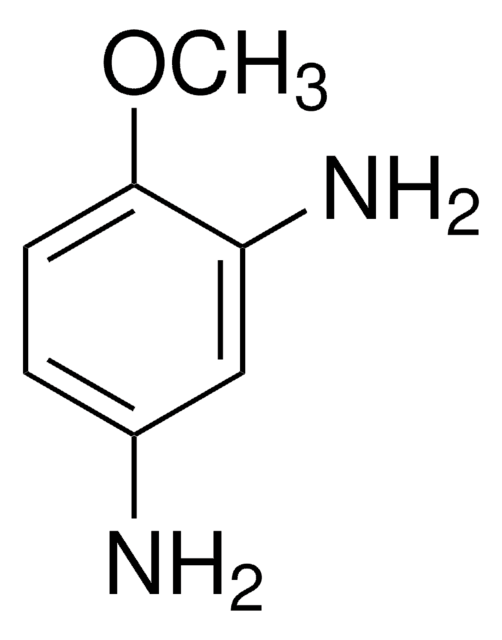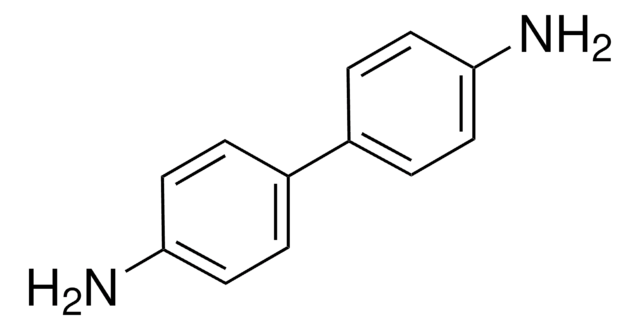A2898
4-Aminobiphenyl
≥98%
Synonym(s):
4-Aminodiphenyl, 4-Biphenylamine, 4-Biphenylylamine, 4-Phenylaniline, Biphenyl-4-ylamine, NSC 7660, Xenylamine
About This Item
Recommended Products
Assay
≥98%
form
solid
autoignition temp.
842 °F
bp
191 °C/15 mmHg (lit.)
mp
52-54 °C (lit.)
SMILES string
Nc1ccc(cc1)-c2ccccc2
InChI
1S/C12H11N/c13-12-8-6-11(7-9-12)10-4-2-1-3-5-10/h1-9H,13H2
InChI key
DMVOXQPQNTYEKQ-UHFFFAOYSA-N
Gene Information
human ... UGT1A4(54657)
Looking for similar products? Visit Product Comparison Guide
Application
- Induces DNA damage (carcinogen) in human bladder carcinoma cells and bladder tissue in mouse
- Synthetic amine ligand for enrichment, depletion and one-step purification of leech proteins
Biochem/physiol Actions
Signal Word
Danger
Hazard Statements
Precautionary Statements
Hazard Classifications
Acute Tox. 4 Oral - Carc. 1A
Storage Class Code
6.1C - Combustible acute toxic Cat.3 / toxic compounds or compounds which causing chronic effects
WGK
WGK 3
Flash Point(F)
235.4 °F - closed cup
Flash Point(C)
113 °C - closed cup
Personal Protective Equipment
Choose from one of the most recent versions:
Already Own This Product?
Find documentation for the products that you have recently purchased in the Document Library.
Articles
Cancer research has revealed that the classical model of carcinogenesis, a three step process consisting of initiation, promotion, and progression, is not complete.
Protocols
US EPA Method 8270 (Appendix IX): GC Analysis of Semivolatiles on Equity®-5 (30 m x 0.25 mm I.D., 0.50 μm)
Our team of scientists has experience in all areas of research including Life Science, Material Science, Chemical Synthesis, Chromatography, Analytical and many others.
Contact Technical Service







![Benzo[a]pyrene ≥96% (HPLC)](/deepweb/assets/sigmaaldrich/product/structures/253/820/be96d879-1811-46c0-8f11-612019691c2d/640/be96d879-1811-46c0-8f11-612019691c2d.png)

